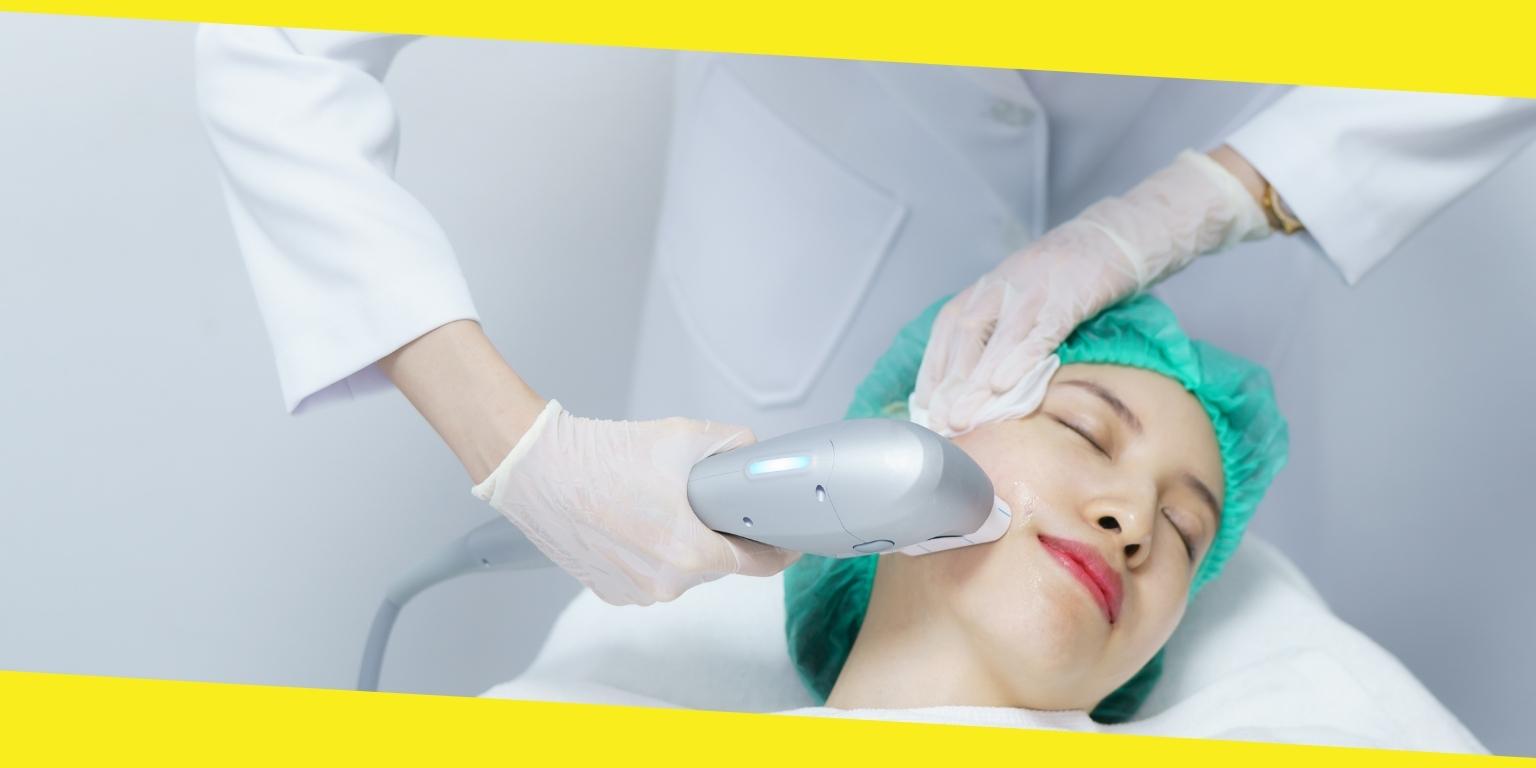Common Cosmetic Dermatology Treatments

With the advancement of technology in the last decade, cosmetic dermatology, a subspecialty of dermatology, has enhanced its treatments and procedures to address a myriad of skin concerns for which patients seek treatment. A qualified cosmetic dermatologist is able to provide the right solutions to address your skin needs and underlying skin conditions.
Our skin is the largest organ in the human body, and thus, prone to environmental damage from the elements. The most common cosmetic treatments involve Botox injections, laser hair and tattoo removal, and treating acne scars and cellulite.
If you’re looking for new ways to love your skin and enhance its appearance, a cosmetic dermatologist will be able to treat your condition and help maintain healthy and nourished skin.
Cosmetic Injectables
This treatment is a fast and easy method to reduce the appearance of fine wrinkles and lines on the face and give a fuller look. The most common ingredient in cosmetic injectables is Botox.
Botox is made up of highly purified toxins that act as a nerve muscle relaxant in the applied area. When injected in the face, it can greatly reduce the contractions of muscles, which contract more than a thousand times in a year. This muscle contraction eventually produces the crow’s feet around the eyes, vertical frown lines near the cheek and horizontal lines on the forehead.
The myth that Botox paralyzes one’s facial expressions is untrue, its purpose is to soften the prominent lines formed from smiling, frowning or squinting. When done correctly and with a licensed professional, Botox will not affect the nerves or your face’s ability to express emotion.
Like most drugs, Botox is not exempt from some side effects, but known side effects present in a small minority of cases. You may experience some pain and swelling at the site of injection. If you are experiencing other side effects including problems with vision, muscle weakness, trouble breathing, headaches, or bruising, it is highly recommended you visit your primary care physician.
When and where you would like to get Botox is entirely your choice. Other injectables, like derma fillers, are used to add volume to the lips and cheeks and restore fullness.
Laser Treatments
Contrary to popular belief, lasers are effective tools in the treatment of multiple skin conditions, and while results vary with skin type, the side effects are minimal. Laser is an acronym for light amplification by the stimulated emission of radiation that acts as a source of high-intensity light which can be accurately focused to a single spot.
Lasers aim to target damaged cells with accuracy and prevent the surrounding tissues from being harmed. Short pulses reduce the amount of heat in the damaged cell to avoid burning, and the wavelength peaks are adjusted, determining the laser’s clinical application.
Skin complexions that are more pigmented are sensitive to conventional lasers used for hair removal. Lasers attack dark pigments in the skin which may lead to burning and scars. Patients with darker skin pigment should seek long-pulsed Nd:YAG laser treatment.
The following skin conditions use lasers for treatment:
- Vascular lesions
- Rosacea or redness of skin
- Deep acne scarring also known as atrophic or pitted scarring
- Spider veins
- Tattoos
- Pre-cancerous skin growth
Laser treatments require patience and typically take a few months to see clear results. Appointments should be scheduled at least five to eight weeks apart. Depending on the severity of the condition, effective laser treatment usually requires three to six sessions.
The season should also be factored into whether laser treatment will be effective. It is counter-intuitive to get a laser procedure and immediately sun tan at the beach on a beautiful summer’s day.
Unlike other less specialized treatments, laser procedures must always be done at a clinic. Med-spas and estheticians will most likely not be able to detect skin infection or sun exposure.
Working with someone other than a dermatologist might run the risk of scarring or infection.
Chemical Peels
As daunting as it may sound, chemical peels are done by cosmetic dermatologists to diminish the signs of aging and hyperpigmentation. They can also give the skin an overall glow.
Chemical peels, derma peeling, or chemexfoliation is used for the following:
- acne
- age spots
- dull complexion
- fine lines
- melasma or discoloration of the skin
The dermatologist assesses the patient’s skin condition and type before applying the chemical solution to the patient, typically on the face. Depending on the person’s sensitivity, they may use a mild or light peel to avoid the risk of burning and further damage.
The treatment is a more superficial procedure compared to lasers as it only removes the outer layer of the epidermis. Like most cosmetic treatments, the intensity of the chemical solution varies on several factors from the type of condition being treated to sun exposure.
The risks of getting a chemical peel can be mitigated if done correctly, however there is some downtime to the healing process, as the skin regenerates a fresh layer.
- Temporary redness, scabbing or swelling are normal healing symptoms after a deep chemical peel.
- Change in skin color, or hyper/hypopigmentation can be caused from the peel itself or exacerbated due to sun exposure.
- In some cases, a bacterial, fungal or viral infection may develop if disinfection precautions aren’t taken.
- Derma peeling involving carbolic acid (phenol) can damage muscles in the heart, causing arrhythmia. Doing deep peels in intervals can limit the exposure to such a potent chemical.
“Overall, there are many ways to exfoliate and remove dead layers on the skin to enhance its appearance,” says Dr. Lindsay Clark. “Procedures done the right way will leave your skin fresh and revitalized, but engaging a medical professional is key to your best care.”
While there are several treatments for skin conditions, paying a visit to a cosmetic dermatologist can help give some clarity through a professional lens, on the uniqueness of your skin and what products should be or should not be used.
The advancement of research in dermatology has provided a number of new and innovative options to people requiring specialized treatment for their skin conditions. Cosmetic dermatology is reaching new heights, and professionals are constantly learning and implementing new technologies in the field.
Recommended For You
Six Reasons Why Drug Addiction Is Common Amongst Teenagers
Most Inside
Most Inside offers high-quality recommendations and valuable updates to enhance all aspects of your life, providing premium guidance and enriching experiences.




